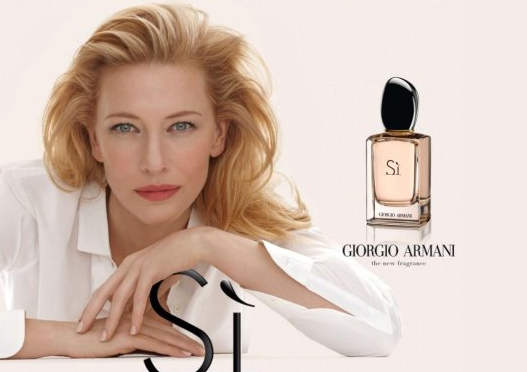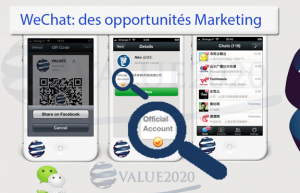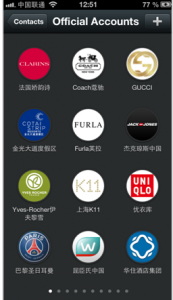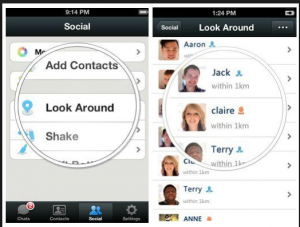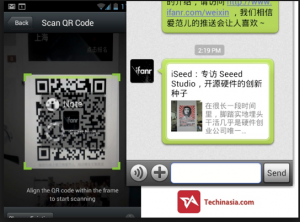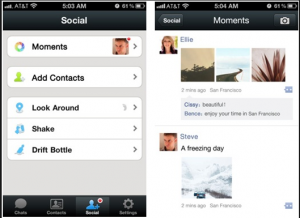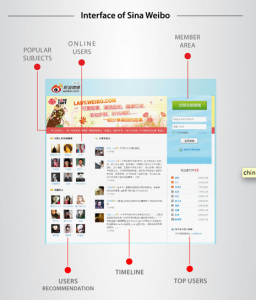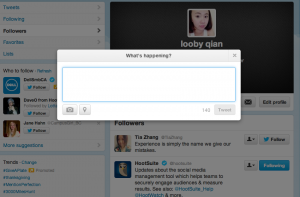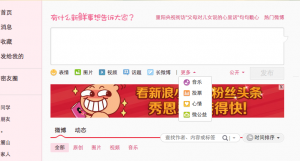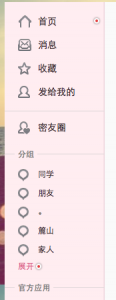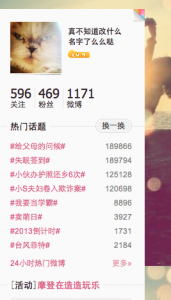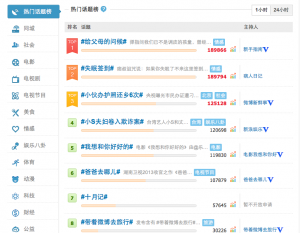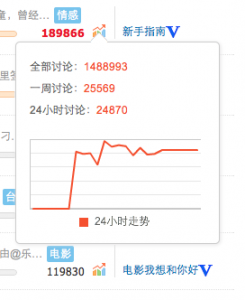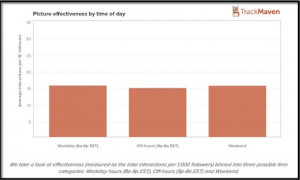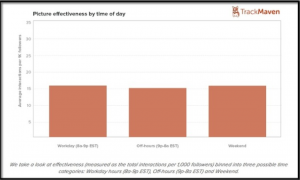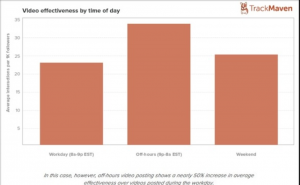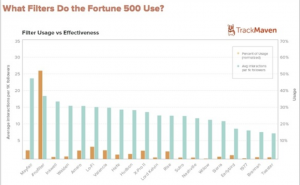Can u imagine how far BATKID goes? I will tell you from my personal experience that I actually see this post being “retweet” hundred thousand times on Sina Weibo- The Chinese Twitter !
Just in case u have’nt heared of “batkid”, I will provided a short summary for you
Miles, age 5, is in remission after battling leukemia, and told the Make-A-Wish Foundation that his wish was to be “Batkid” and they mobilized the city of San Francisco to make it happen. Miles’ wish got picked up on a blog and spread like wildfire. Not surprisingly, a lot of San Franciscans were eager to help make his dream a reality. On Friday, November 15th over 11,000 people volunteered to turn San Francisco into Gotham City and cheer Batkid on as he sped around in the Batmobile, responding to countless threats and saving the city. Then they made sure to tweet and post every second of it out to the world, ensuring that Batkid is now every bit as famous as his favorite superhero.
Batkid’s wish is almost as touching as how a city seemed to come together to make this boy’s wish come true, and without social media I’m not sure how possible it would have been. I have to thank to social media which allow this love rally continue across the entire world.
After reading the post on Sina weibo, I went to youtube for the video, and other new channels in North Ameirca. Not surprisingly this story blew up my every media outlet I saw this weekend.It went sooooooo viral and On Friday #batkid was #1 on Twitter and I saw post everywhere on my facebook. The kid also got shout outs from many celebrities through various marketing channel including the President Barak Obama himself !!
Social Media not only put this story to a new level, it also also put Make-A-Wish Foundation on a whole new playing field. It may seems to be coldblood to call this a brilliant PR stunt, I really don’t mean to take away any of the pure of the batkid story. I have to admit that I went to “Make-A-Wish Foundation” several time after reading the batkid story. And I saw post saying because of the numerous amount traffic, the website even had tech difficulties
This is what I found in a blog talking about this story through a marketing aspect:
“The foundation took something it does every day – making sick kids’ dreams come true – and turned it into a global fundraising strategy. And because they accomplished the campaign through social media, mobilizing the general public and celebrities to cheer on Batkid, it comes across as entirely organic. After hearing Miles’ story, it’s hard not to want to donate or volunteer, but I doubt that anyone has thought of it as a marketing campaign. In fact, when I tried to Google: “Make-A-Wish marketing strategy” I got next to nothing. There was one blog post from 2011 and that said Make-A-Wish was going to shift from traditional to social in their marketing efforts. Mission accomplished.”
SOURCE: http://mi621.com/2013/11/18/batkid-the-coolest-viral-marketing-campaign-youve-ever-seen/
For me, this story is too heartwarming to be seen as a marketing campaign but it became so clear how fantastic of a marketing/PR event it was. Whether it was a conscious effort by make a wish or not, the beauty of it is that it raised awareness for make a wish by promoting a child’s wish. Definitely one of the coolest wishes i have seen granted!




